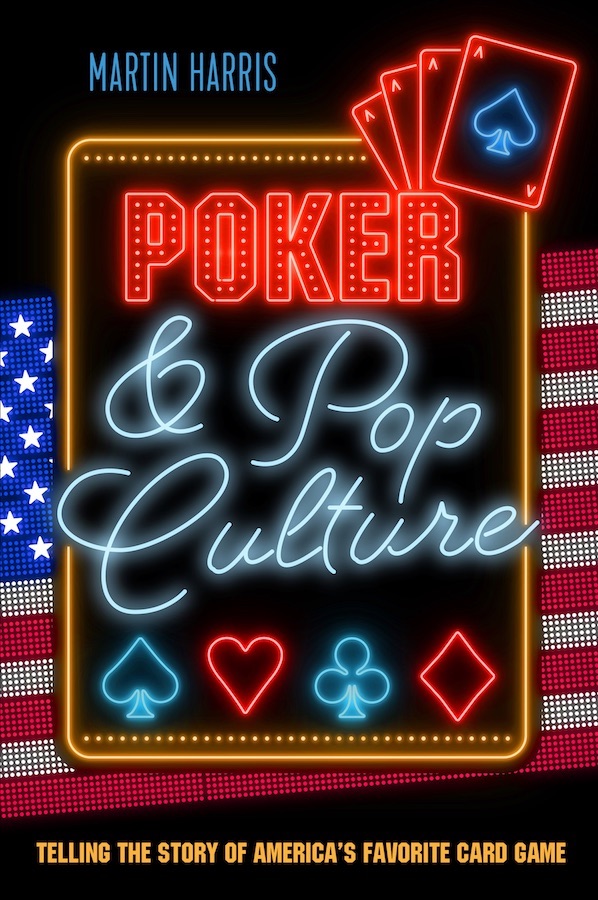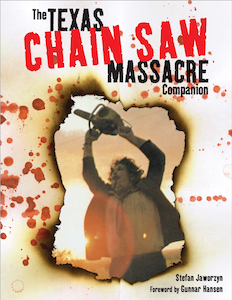Gould, Segal, and Walsh Look Back at California Split 40 Years Later
As anyone who has ever taught before well knows, whatever it is that comprises the subject matter of a class becomes a topic of intense study for the teacher, too. I’ve had the experience before of teaching certain texts dozens of times over, practically memorizing them as well as the various themes or ideas discussions about them tended to evoke.
The first few times teaching a given text typically require a lot of rereading (or rewatching in the case of a film), with the lecture notes going through a few drafts along the way as points get added and dropped. Usually, though, after teaching something several times the general shape of the conversation settles into a familiar groove, and while students might introduce new ideas or carry the conversation into unexpected places, as far as the text itself goes I’ll know the sucker backwards and forwards.
That is to say, if I’m going to stand before a group of people and lead a conversation about some assigned reading or viewing, I want to know the assignment better than anyone else in the room. (This would be true even if I didn’t have this more-than-slight tendency toward obsessiveness.) So yeah, I’ve seen California Split many, many, many times by now. And unlike some other texts with which I’ve studied in similarly comprehensive ways, Split continues to remain interesting to me even after having essentially committed it to memory.
Thus was I intrigued last week when Dr. Pauly drew my attention to a new three-part interview with California Split co-stars Elliott Gould and George Segal and the film’s writer and co-producer, Joseph Walsh. Kim Morgan conducted the interview for the Los Angeles Review of Books, and it can be read by following these links: Part I, Part II, and Part III.
The interview is long and full of digressions, and in a prefatory note Morgan suggests how “the conversation is flowing almost like an Altman film,” which is a fair assessment. The trio swap anecdotes and trivia about various Hollywood personalities throughout, and in fact don’t even really get into discussing Split until the latter section of the interview’s first part.
Having read Walsh’s memoir Gambler on the Loose which includes some discussion of the making of Split, I knew some of these stories. And in fact one story Walsh shares about Amarillo Slim Preston he had told me a few years ago. But there are several items in the interview I’d never known before, as well as some genuine insight about the characters of Charlie and Bill (based in large part on Walsh and Gould) that goes beyond what we’ve been able to come up with in our classes when discussing the film.
I like very much an idea that Morgan tosses out during the first part comparing casinos to movie sets with each being “an enclosed world of playing, making money, losing, performing,” an analogy strongly suggested by the tenuous, risky circumstances under which Split was made. And the group’s discussion of the enigmatic ending is especially enlightening, I think, with the stories about how it changed as they were filming it making it all the more intriguing. (That discussion comes in Part II of the interview.)
The ending of Split actually makes it an especially good film for the classroom, opening up all kinds of questions worth discussing and thinking about. I feel the same way about The Cincinnati Kid‘s ending, which also inspires a lot of interesting response from students who are invariably surprised by it. (Meanwhile, the ending of Rounders, though satisfying in some ways, doesn’t necessarily invite the same depth of existential rumination.)
If you’re a fan of California Split -- and whether you’ve seen the film once or dozens of times -- check out the interview with Gould, Segal, and Walsh and think further about an especially interesting text to study.
Labels: *the rumble, California Split, Elliott Gould, Gambler on the Loose, George Segal, Joseph Walsh














0 Comments:
Post a Comment
<< Home